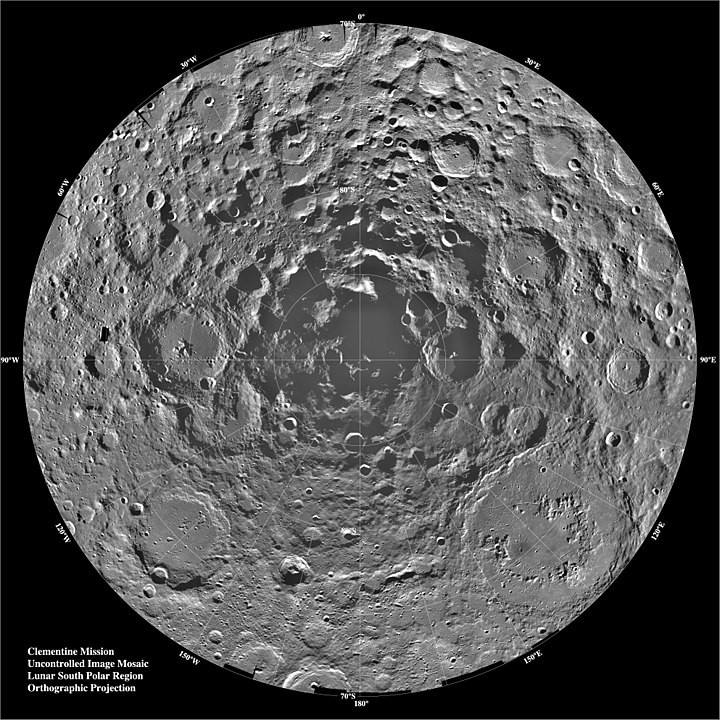It is currently known that NASA will land near the south pole of the Moon as part of the Artemis III mission, scheduled for 2024. But this calendar tight, imposed by the Trump administration, could well cause the agency to revise its plans.
In December 2017, President Donald Trump signed a directive to prioritize the administration's efforts to advance space exploration, primarily by returning American astronauts to the moon. From this momentum was born the Artemis program, whose main objective is to send the first woman and the next man to the lunar soil from 2024 .
While significant progress has been made since then to achieve this objective, it is nonetheless very ambitious, with a very tight schedule in particular. This inevitably raises the question of the landing site.
Currently there is talk of the United States landing at the South Pole because of its “great scientific, economic and strategic value” . Indeed, probes have already detected the presence of ice in the shadowed craters of this lunar region.
As part of sustainable exploration, this material could then be used to optimize long-term stays:supply of oxygen and consumable water. It might also be possible to rely on this ice (and its hydrogen) to make fuel. Also, the lunar south pole presents itself as the ideal ground to test technologies that will take us even further, especially to Mars.
Nevertheless, getting to the polar regions of the Moon is more difficult than landing near the equator, as several Apollo missions were made between 1969 and 1972. Given this tight schedule, could NASA therefore have to revise its plans? Possibly.

On September 14, as part of a digital meeting organized by a NASA advisory group, Jim Bridenstine, the head of the agency, indeed suggested the plan B idea. “If the South Pole was ultimately beyond our reach for Artemis III, which I am not saying, then an Apollo site might be an alternative” , he pointed out.
Speaking two days later at a space affairs roundtable in Washington, Kathy Lueders, the new head of NASA's human spaceflight programs , also didn't dismiss the idea, pointing out that the South Pole moon landing site was "no longer set in stone."
Also remember that, last May, Lueders had already agreed that the 2024 deadline would indeed be difficult to achieve. "I don't have a crystal ball" , she said. “But we will try. (…) I think it is very important to have an aggressive goal” , she continued. “It allows the team to focus on the importance of the mission” .
In the meantime, NASA will have to take an important first step, namely the launch of Artemis 1, initially scheduled for this year but already postponed to 2021. For this flight, the heavy launcher SLS will propel the Orion capsule for an unmanned mission around the Moon. The Artemis 2 mission, which this time plans to send a crew around the Moon, will normally be launched in 2023.